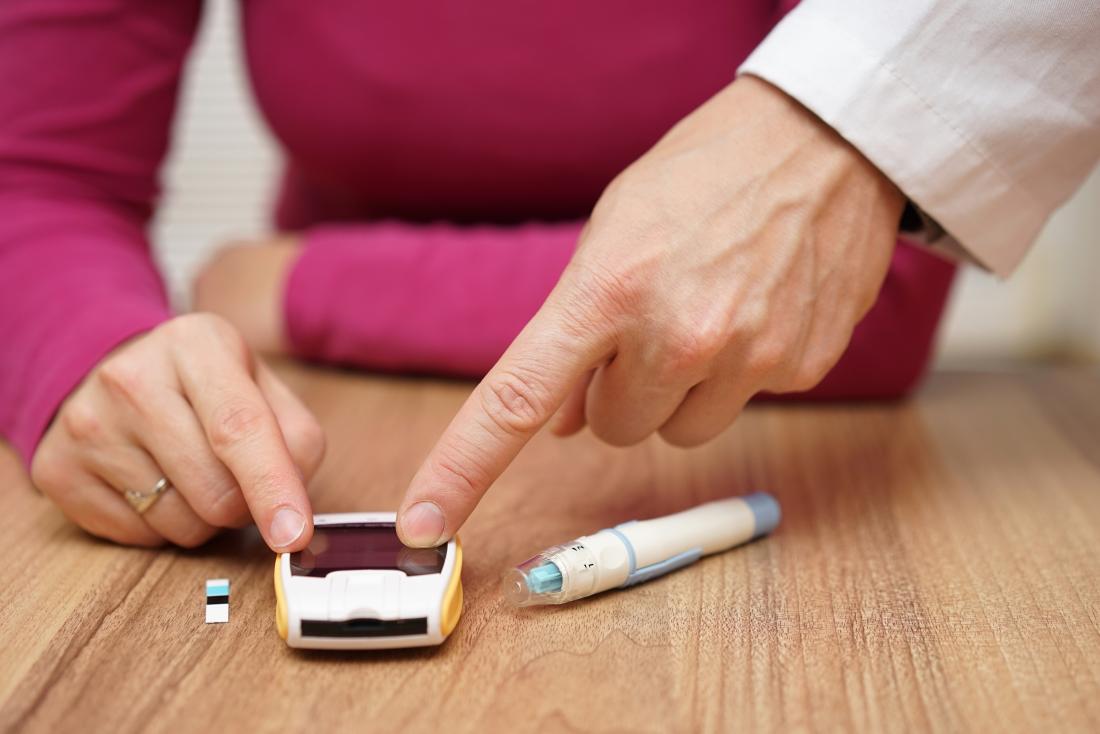It is important to keep a check on your blood sugar levels as it indicates how well it is controlled. If good care is taken, you can avoid serious complications. When you check your levels regularly, you notice sometimes it goes up and sometimes it is low.
When you are stressed or you eat certain foods, your sugar levels tend to rise and when you are physically active and taking your medicines your levels go down. This gives you insights on managing it in a better way.
Why test your blood sugar level
Checking your blood sugar level gives the patient a lot of information relating to controlling diabetes. It can give us information like:
- It will help you understand how diet and exercise affect blood sugar levels.
- It shows how stress or illness causes an effect on your sugar levels.
- It helps to monitor the effect of medication on your sugar levels.
- It helps to identify if your sugar level is high or low.
- It helps to identify if the overall goals are being met.
Screening tests used by doctor
Initial glucose challenge test
In this test you will drink a syrupy glucose solution. After one hour you will take a blood test to measure the sugar level in your body. If your blood glucose is higher than normal, there are higher chances of having gestational diabetes. This is confirmed through a follow-up test.
Follow-up Glucose Tolerance Test
Follow-up test involves fasting overnight and measuring your fasting blood sugar level. You need to drink a higher concentration of glucose solution.
After that your blood sugar levels are checked every hour for three consecutive hours. If two of the readings are higher than the normal range than you have gestational diabetes.
Diabetes Testing in Children
In children, usually there are no symptoms seen when they are diagnosed with type 2 diabetes. This is mostly found out from the urine sample or blood sample which is given for testing for some other health problem.
If you find out that your child is having higher blood glucose levels than the normal range then you should consult a doctor for this matter.
If your child’s blood sugar level does not cross the pre-diabetes range then the doctor will make some alterations in the diet plan and exercise routine in order to help your child to avoid diabetes. You should be careful if your child is overweight because that is one of the major causes of diabetes.
Ways to measure Blood Sugar
There are 2 ways to measure the blood sugar:
- The self-checks for measuring blood sugar at the time you test.
- The A1C test done at the lab. This test gives the average blood sugar level in the past 2-3 months.
How to check your blood sugar levels at home
This is done using a blood glucose meter. It uses a drop of your blood from your finger to measure the blood sugar levels. It is easily available at a drug store.
The kit will have instructions on how to use the device. You should note down the date, time and results of the test so that a record is maintained for your doctor.
Target blood sugar levels for people with diabetes
Diabetic people have a blood sugar level target that they need to reach at different times in the day. The normal targets are:
- Before your meal : 80 – 130
- 2 hours after the meal : < 180
But you should always consult your doctor to make sure they are right for you.
Number of times you should check your blood sugar
The number of times you should check your blood sugar depends on the type of diabetes that you have and the medication that is given to you.
The common times to check are:
- When you wake up in the morning on an empty stomach
- Before taking a meal
- 2 hours after the meal
- Before going to bed
Ways to control high blood sugar levels
Having high sugar levels for a long term can create serious complications.
If you have high blood sugar level, you can lower it down by drinking a large glass of water and doing some exercise like taking a walk.
Ways to control low blood sugar levels
If your blood sugar level is below 70, it is dangerous and needs to be treated right away. This can be caused if you are taking insulin or other medications for diabetes.
To bring your blood sugar level to normal, chew 4 glucose tablets or have 4 ounces of fruit juice / regular soda. Another alternative is to chew 4 pieces of hard candy. After doing one of the things wait for 15 minutes and check your blood sugar again. Repeat this until it reached the normal range. After it comes in the normal range and there is still 1 hour left for your next meal than eat a snack.
Everything you need to know about A1C test
A1C test gives an average blood sugar level of the past 2-3 months.
For the majority of the diabetic people, A1C goal is below 7. This is different from the blood sugar level you check every day.
You should take A1C test at least 2 times in a year. But if there is any change in your treatment or the number is greater than the goal number, then it is advisable to get this test done more often.
The A1C test is covered in the insurance plan of Medicare, Medicaid and most of the private insurance plans. They also cover some of the cost of the supplies for checking your blood sugar.
Things to remember
- You should check your blood sugar levels many times during the day.
- You should get your A1C test done at least 2 times in a year.
- Always keep recording your blood sugar levels and A1C number.
- Always take your blood sugar record and blood glucose meter when you visit your doctor or the healthcare team.
- If your blood sugar level is often too high or too low, it is important that you call your health care team to avoid complications.





